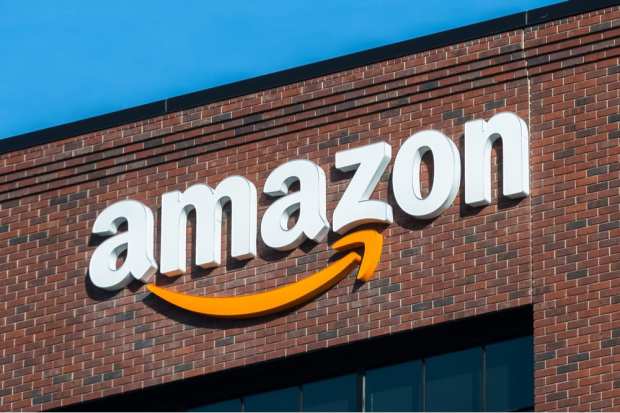Dial-Up Amazon Turns 25 This Month

Back when AOL was the coolest toy on something known then as “the world wide web,” a Seattle entrepreneur with a bookstore had a shattering thought: People would shop this way if they had a way. To say “the rest is history” doesn’t do justice to the Amazon origin story.
To paraphrase The Beatles, it was 25 years ago today when Jeff Bezos made his play. Actually, history records the date as July 5, 1995, when Bezos first presented his web 1.0 version of the Amazon.com storefront via dial-up modem to a dawning digital America.
It took about 3 minutes to load that primitive homepage. But it was something new under the sun, which doesn’t happen often. Even at 5400 baud, it was worth the wait to buy a book without leaving your house. It was a novelty then, but one with unimaginable potential.
Amazon scaled frighteningly fast, even at dial-up speeds. Within a few short years, major distributors like Ingram Industries and W.R. Grace that had controlled bookselling for time immemorial found themselves increasingly outmaneuvered by Bezos. He did it again when VHS then DVD were the bleeding edge of home entertainment, and movie studio executives suddenly had to offer terms to Bezos typically reserved for their biggest retail whales.
They had to admit, though: This Amazon thing was starting to move a lot of merchandise.
By the time of its initial public offering (IPO), the startup from Seattle was poised as the ultimate disruptor to these and other industries, ushering in an era of the same. Amazon went public on May 15, 1997, priced at $18 a share, trading under the now-legendary Nasdaq symbol “AMZN.” The company’s valuation at the time was in the neighborhood of $300 million.
Meet the New Boss
Fast-forward to 2018 when Amazon surpassed a $1 trillion valuation, putting it in a party of two with Apple.
“$10,000 invested [at the IPO price/date] would be worth more than $12 million as of May 2020. That’s more than 120,000 percent growth,” according to Investopedia.
Each of those original $18 shares are worth nearly $2,999 each as of July 16, 2020. Amazon shares have been slightly depressed during the pandemic despite record volume, with Bezos telling investors that “…it’s also the hardest time we’ve ever faced.”
That’s not bothering the market much, as the Amazon juggernaut — or “flywheel” of continual revenue growth, as Bezos envisioned it — rolls forward backed by market confidence.
Amazon’s story stopped being about books and DVDs a long time ago. In many ways, it invented eCommerce. The company’s patented “Add to cart” and “Buy Now With 1-Click” checkout features debuted in the third quarter of 1999 when the share price had climbed to a dizzying $66.
Just as Amazon opened its first online marketplace for sellers, the bursting dot-com bubble took the wind out of its sails and knocked back the stock price. You can’t keep a winning concept down, however, and a surprising concept it’s turned out to be.
Today, Amazon says that “…almost 60 percent of the sales of physical products sold in the Amazon store (by value) are now made by independent sellers — entrepreneurs and other mostly small- and medium-sized businesses — not Amazon.”
The Quarter-Century Checkup
When Bezos was named Time Magazine’s “Person of the Year” in 1999 with the prescient coverline, “E-commerce is changing the way the world shops,” Amazon shares were depressed by the dot-com bubble burst. But with the launch of Amazon Web Hosting Services (AWS) a few years later in 2003, the eCommerce titan we know today began to take shape as the world’s most visible online purveyor of almost anything one can legitimately buy.
Subscription service Amazon Prime launched in early 2005 with a $79 annual price tag. The service hit 150 million subscribers in early 2020, pushed along by the pandemic. It is such a valuable corporate asset that archrival Walmart is going head-to-head with its new Walmart+ subscription service, bringing renewed ferocity to the “whole paycheck” battle between them.
Embedded in shopping consciousness around the world now, Amazon at a quarter-century old is one case where the overused word “reinvented” applies. The company has stayed true to its disruptive roots but is firmly embedded as part of global society, too. This became clear as Amazon mobilized to supply 100 million pieces of personal protective equipment (PPE) to frontline workers at the depth of COVID-19 lockdowns and the healthcare response it triggered.
